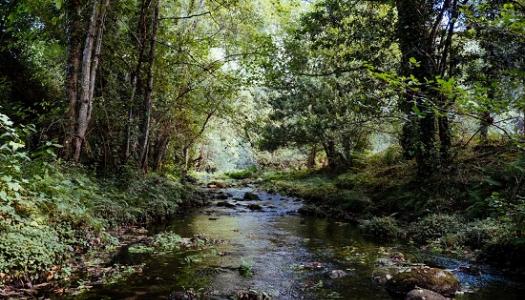Five countries hold 70% of world’s remaining wilderness; but does anyone there agree?

View the Gros Morne video on Vimeo.
A recent study conducted by researchers from the University of Queensland (UQ) and the Wildlife Conservation Society (WCS) has revealed that five countries hold 70% of the world’s last wilderness. Hundreds of newspapers and TV stations around the world have given the study and the map that it produced extensive coverage, prompting nations around the globe to measure up their performance on wilderness conservation.
A quick glance at the map yielded by the UQ+WCS study reveals that Canada, Russia, Australia, and Brazil are vying for the podium of countries with the most wilderness remaining. The USA is in the midst of the race too, but mostly thanks to Alaska (hardly any patch of wilderness seems to exist in the lower 48). The coast of Greenland and much of Western China seem pretty wild too.
For the last four years, the two of us have been traveling around Canada and a number of places around the world with a somewhat similar intent to that of the study’s authors. But rather than catalogue wilderness and rank nations, our research has kept us busy simply making sense of not only what wilderness is, but what the very idea of “wild” means across different cultures and different groups of people living in different circumstances.
The notion of wilderness, as countless commentators across geography and environmental history have argued—yet clearly not loudly enough to be heard by the creators of this new wilderness map—is profoundly dependent on the cultural lenses that one wears. In Japan, for example, every time we asked what “wild” meant through the words of a highly competent translator we were met with confused stares and the sound of background crickets. In Argentina “wild” had to be translated in Spanish using a long litany of synonyms that weren’t quite synonyms, each accompanied by disclaimers and qualifications. More examples could be shared.
In most of Canada—which, according to the UQ+WCS map is chock full of wilderness—the English language doesn’t need a lot of translation. Yet it is precisely there where the notion of wilderness makes the least sense. Better yet, more than nonsensical the idea is colonial and ignorant. Here is what Mary-Jane Johnson, an Elder from the Yukon’s Kluane First Nation taught us.
What people like Mary-Jane would think of that wilderness map is so obvious that it doesn’t even need to be spelled out by us.
The area of Newfoundland’s Gros Morne National Park is a wilderness as well, according to the UQ+WCS map. In “Re-animating Gros Morne’s storyless space” we tune into a few narratives shared by the residents of the area. Their stories reveal that Gros Morne is home to many people, and it has been so for time immemorial. Does this mean that Gros Morne and places like it are not a wilderness? The answer is not so simple.
If we think of wilderness as uninhabited, untouched, and pristine land then it becomes essentially impossible to find wilderness anywhere. But if we update our understanding of what else a “wild” place could be, and if we do so by listening to those who call those places home, then our mind map of the world’s wildness quickly changes—as we explain in our article and even more so in the rest of our ongoing research. We only wish the creators of the world’s last wilderness map could have found some value in listening to some stories as well.
===
Dr. Phillip Vannini and April Vannini are based at the School of Communication and Culture at Royal Roads University.